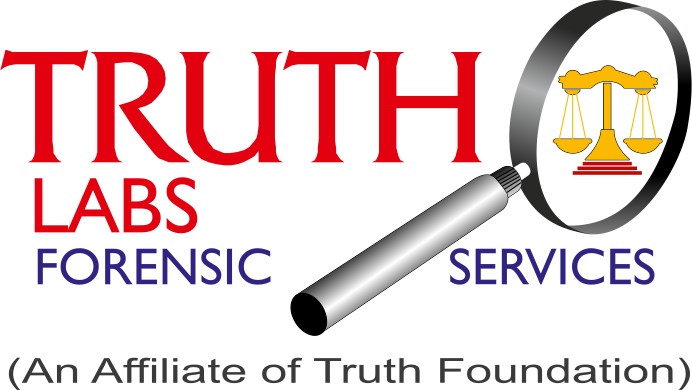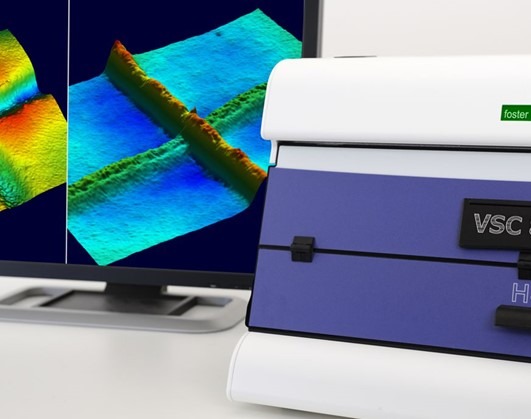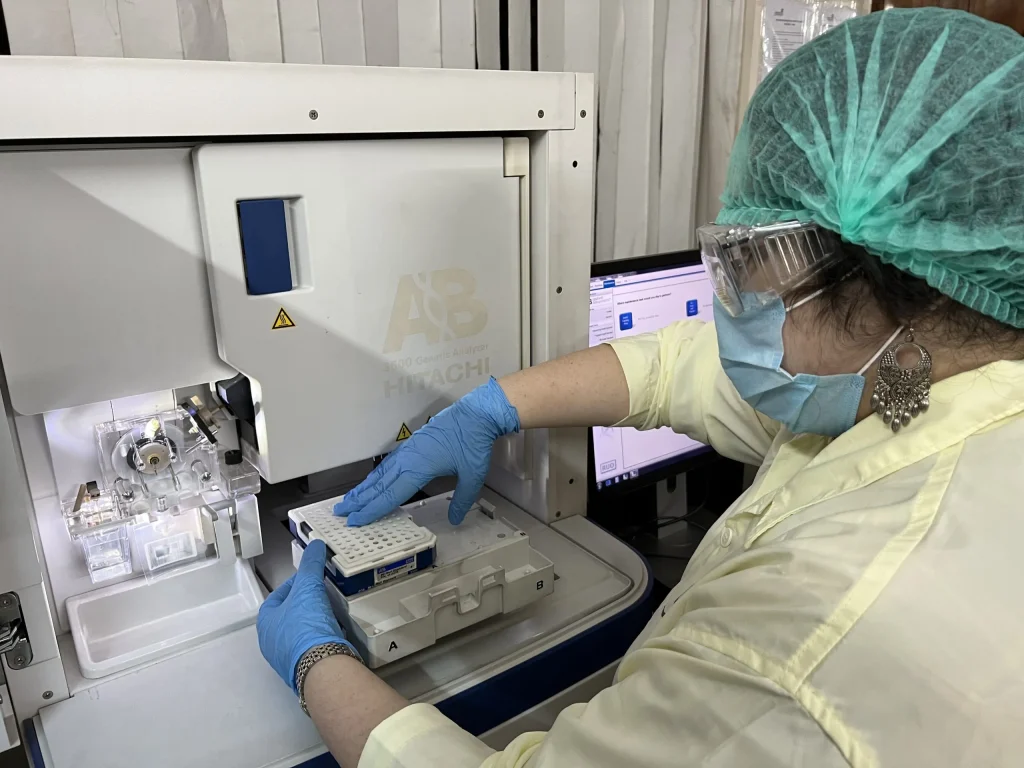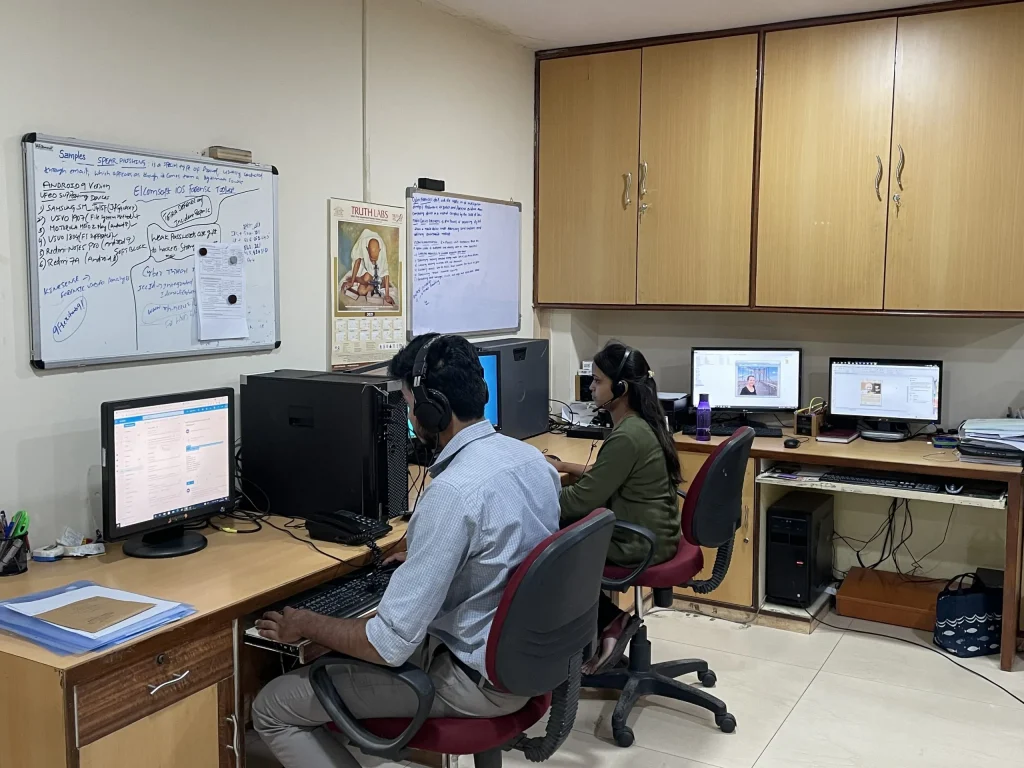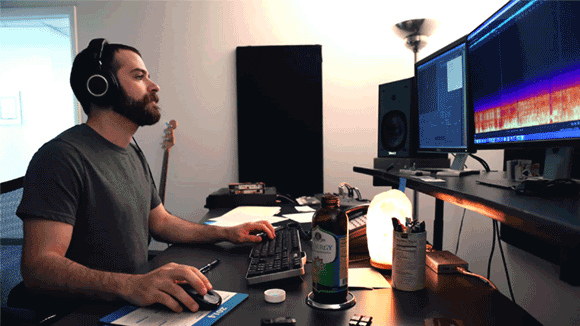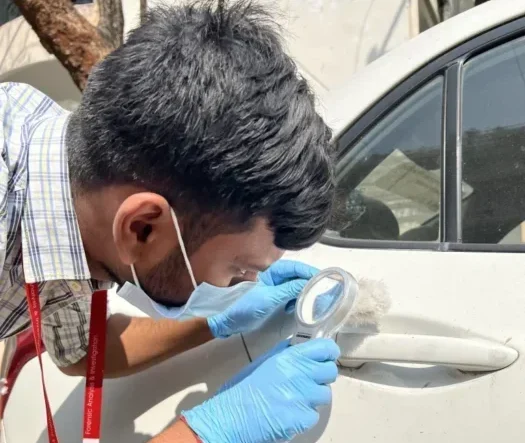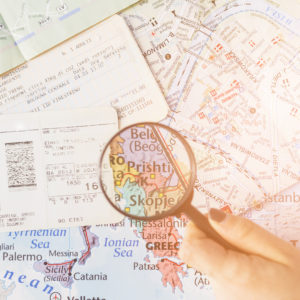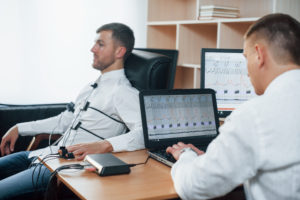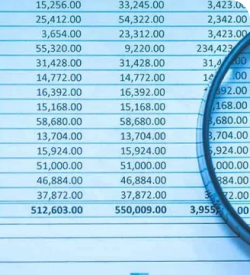Questioned Documents (QD)
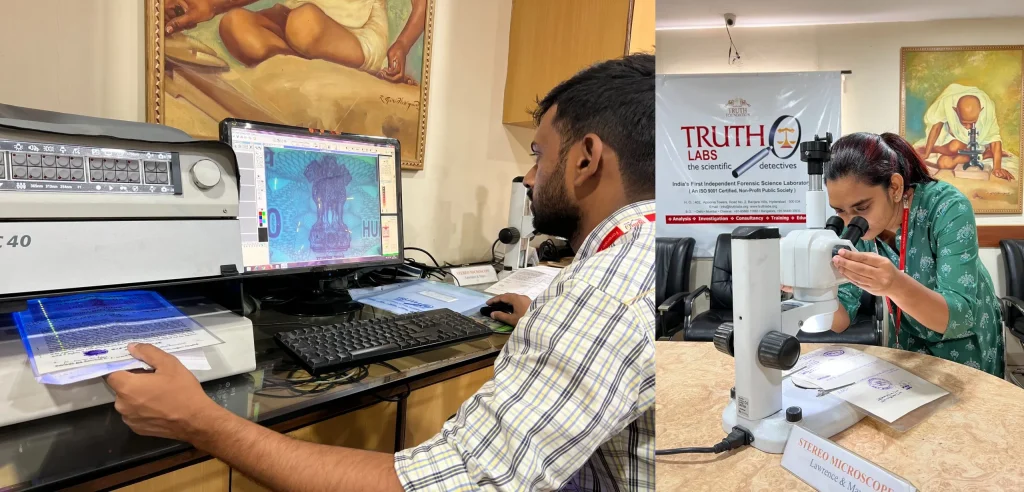
What are Questioned Documents?
In forensic science, questioned documents refer to any documents that are
suspected to be forged, altered, or otherwise manipulated. These documents can
include papers containing handwritten notes, signatures, contracts, wills, or any
other form of typed or printed material. Forensic document examiners also come
across handwriting of suspected persons who write on the wall with chalk pieces,
brush or any other devices to inscribe or create a mark on the walls, blackboard or
any other surface like tree trunks, metal sheets or plastic sheets or cloth or skin
where one can make an impression with handwritten or tool carved or impression
and it is not uncommon to receive such evidentiary materials in some sensational
cases from MNCs, corporates, universities and public service organizations seeking
analysis of unusual writing medium which are examined by the experts conventional
techniques and specific tools to determine their authenticity or otherwise to detect
any signs of tampering.
Techniques used by forensic document examiners.
Forensic document examiners use a combination of equipment stereo microscope,
zoom microscope, video spectral comparator, ESDA to analyze a variety of
questioned documents.
The steps involved in examination are:
Handwriting analysis: Forensic document examiners compare the handwriting on the questioned document with known handwriting samples called standard and admitted writings and specimen writing samples to determine if they match or contain significant differences to conclude whether handwritten note or signature or initial or numerals in the dates on cheques or sale deeds or wills are written by one and the same person or not.
Ink analysis: This involves analyzing the characteristics such as colour of ink used inthe document and its chemical composition, and the relative age of the ink if standard or admitted writings of the questioned writer are made available for relevant years of the time period during which the writer was using the same pen and ink for additions, manipulations etc.
Paper analysis: forensic analysis of the physical properties of the paper, such as its
colour, texture, watermark, density, opacity, weight in gsm and chemical composition,
can provide insights into its authenticity and origin enabling the court or police to determine whether all the sheets in an answer sheet written in an examination were written on the same type of paper or some sheets are replaced as a part of cheating or any such problems encountered in frauds.
Indentation analysis: By using specialized techniques such as electrostatic detection
apparatus (ESDA) or oblique lighting, examiners can reveal indentations left on a
document from previous writing or printing on sheets of paper beneath or in cheque books or notebooks or answer sheets, even if they are not visible to the naked eye.
Video spectral comparator (VSC): which produces constantly changing wavelength
of light from ultra violet light, white light and infrared radiations, when exposed to documents will be useful in deciphering chemical or mechanical erasures,
alterations, ink manipulations, obliterated writings or even charred documents and water impregnated old documents, archived documents, paintings and artworks.
Microscopic examination: Forensic document examiners use microscopes to magnify and study the minute details of a document, including ink patterns, paper fibers, and printing irregularities.
Digital analysis: With the increasing use of digital documents, forensic document examiners also utilize appropriate digital forensic techniques to analyze electronic
documents, including metadata analysis, font analysis, and image manipulation detection.
Types of questioned documents?
Forensic document examiners encounter a wide variety of questioned or suspected
or disputed or erased or obliterated or electronically manipulated documents.
1. Handwriting samples: include signatures, notes, letters, or any other type of handwritten material that is suspected to be forged or altered.
2. Printed or typewritten documents: include printed or typed or cyclostyled documents such as contracts, wills, or other legal documents that may have been altered or forged.
3. Photocopied documents: include replicas of original documents obtained through scanning or photography or other process that are used as an alternate to original or
genuine documents but they have been altered or forged.
4. Cheques, Counterfoils etc. are a common type of questioned documents as they are often targeted by forgers and counterfeiters.
5. Currency: Counterfeit currency is another common type of questioned document
that forensic document examiners are capable of examining using multiple
techniques and the type of such documents include postal stamps, revenue stamps,
judicial and non-judicial stamp papers etc.
6. Photographs: both coloured and black-and-white can be manipulated or altered in
various ways and forensic document examiners apply multiple tools and methods to analyze them for authenticity.
7. Digital documents: With the increasing use of computerized communications,
digital documents have become a regular communication tool and the document
examiners in forensic questioned documents cases are required to analyze electronic documents, including emails, text messages and other digital
communications.
Truth Labs Cyber Forensics division undertakes examination of many such digitally manipulated documents.
8. Forensic Linguistics: in the recent times analysis of the language in a document or
an email or mobile text messages or any other communication such as tender documents, sale deeds, wills, legal notes etc. have become questionable and
suspicious in terms of their authorship and source of origin. Truth Labs is the only
forensic science organization in India which has successfully examined and reported
several cases of murder, communal harmony, public safety, economic frauds, service frauds, false authorship cases in the past five years.
These are just a few examples of the types of questioned documents that forensic document examiners may encounter.
How is Truth Labs specially equipped to analyse questioned documents?
Truth Labs, with its 6 metropolitan cities offices nationwide, has the largest number of life-time experienced and three to five decade long served question document experts of central and state government and altogether 10 handwriting experts each with unique experience having handled over 2000 cases each are the stalwarts of Truth Labs QD expert board.
The uniqueness of Truth Labs forensic QD services is each case will be examined by at least 5 experts of 3 regions before arriving at a conclusion that makes it the world class Question Document Expert Board. On an average each year more than a thousand cases are received by Truth Labs mostly referred by police, courts, government departments and individuals from all over the country and abroad.
